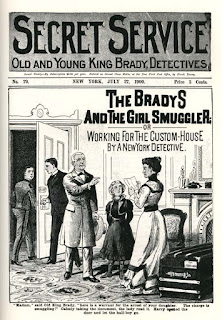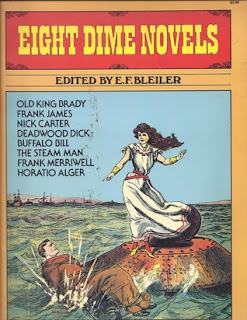My summer reading challenge took me to the 900s, which is History and Biography. I went for something short and easy to read. In fact, in researching this book to put on this blog (I already returned it to the library), I discovered another version of it with a shorter title about "Bite-Sized pieces".
Rattle and Vale (who spell their first names differently, so I can't call them "the two Al(l)isons") present snapshots of American history from the Pilgrims to Watergate, all in one-page snippets. Obviously, some topics require more pages to tell the complete story, but it's easy to break things like the Revolution into separate topics and events.
Likewise, one-page biographies of important people are included and inserted into the otherwise chronological narrative at the time it would most sense. Placing Thomas Jefferson's biography, for example, at either the point of his birth or his death would be silly and not relevant to the timeline.
If you just want a primer which the basics, this isn't bad. But it's obviously a starting point if you want to learn more about anything. Also, just reading their take on the first Thanksgiving had me wondering how much I could trust their "slant" with the rest of the book. For the record, the Pilgrims, a group that came over to these shores for religious freedom and who, according to this text, believed that the Church of England hadn't broken far enough away from Roman Catholicism, held their first Thanksgiving to give thanks to God, not to the Indians for helping them through the harsh winter. Now, the authors are the historians here and they could argue the point with me if they wanted to, but God doesn't even get a mention.
What else aren't they telling me? Well, quite a lot, actually, because this is the "Cliff's Notes" version of history. And, oddly, I would have expected a little more about the Alamo, considering the title.
Library reading challenge. Catalogue number 973R.












